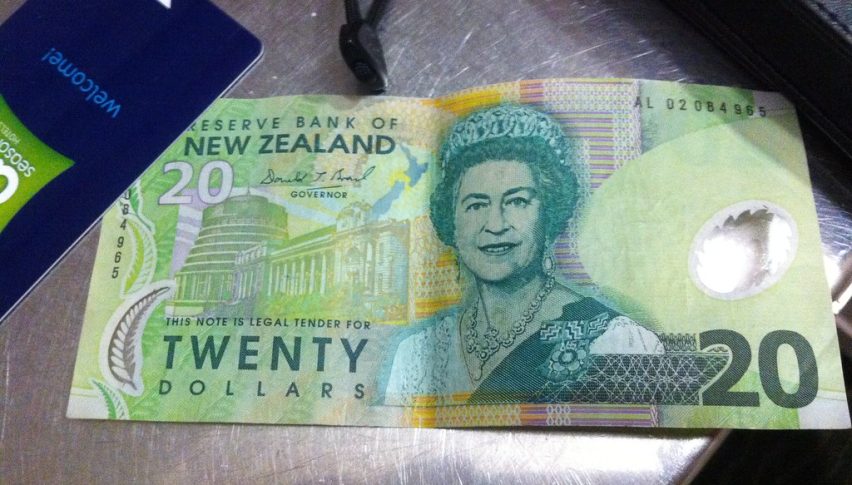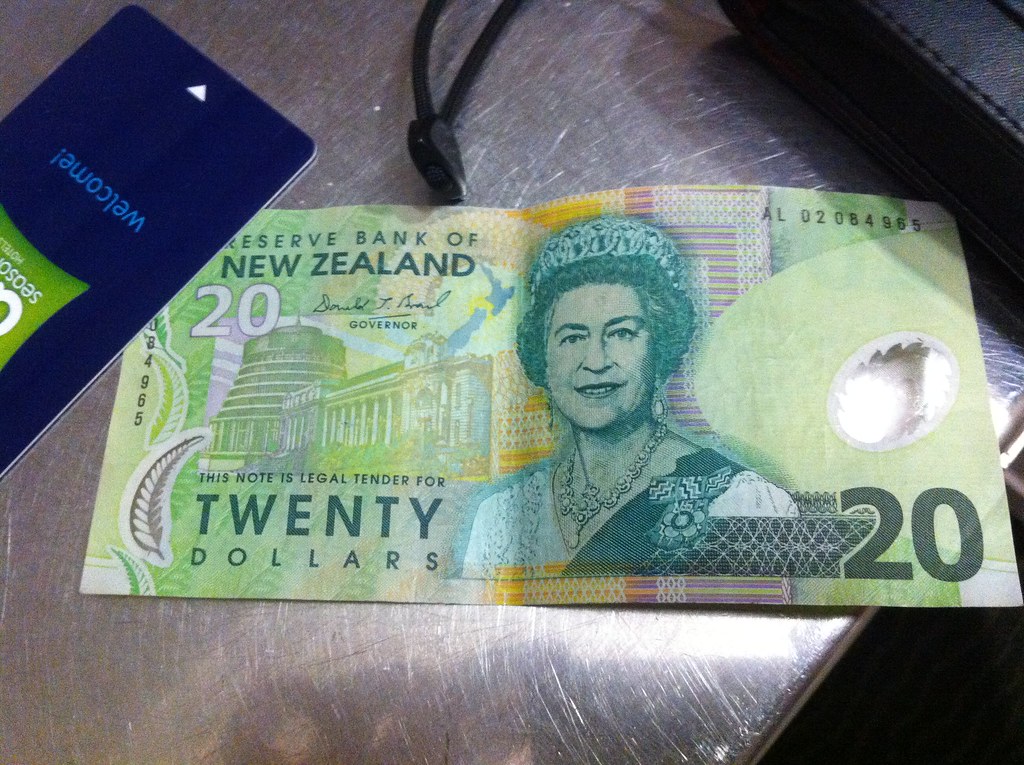Triangle Forming in NZDUSD, As RBNZ Cuts Interest Rates
The USD to NZD exchange rate remains volatile, with the NZD/USD pair forming a triangle pattern despite the RBNZ meeting.

The USD to NZD exchange rate remains volatile, with the NZD/USD pair forming a triangle pattern. The support zone for this pair has been around the 0.5850 level since September of last year. The tops have been trending lower as moving averages continue to act as resistance and move downward as well.
Risk assets, including the New Zealand dollar, experienced a sell-off earlier this month when the Nikkei index plunged 12% in a single day. However, the April low, which acts as a support zone around that level, has held firm twice in the last two weeks, preventing further declines. For nearly two weeks, the price has been rising and has reversed course, breaking above the 50-week SMA (yellow). Yesterday, NZD/USD continued its gradual climb, reaching the 0.6070 level ahead of the RBNZ’s monthly meeting.
NZD/USD Chart Weekly – The Support at 0.8550 Held Again
Reserve Bank of New Zealand Policy Meeting for August 2024
- Reserve Bank of New Zealand has cut its Offical Cash Rate by 25 bps from 5.50% to 5.25%
- Market pricing had tipped this, while most analyst did not.
Reserve Bank of New Zealand from the statement:
- sees official cash rate at 4.1% in September 2025 (pvs 5.4%)
- sees TWI NZD at around 69.5% in September 2025 (pvs 71.0%)
- sees official cash rate at 4.92% in December 2024 (pvs 5.65%)
- sees official cash rate at 3.85% in December 2025 (pvs 5.14%)
- sees annual CPI 2.4% by September 2025 (pvs 2.2%)
- sees official cash rate at 2.98% in September 2027
- Inflation is declining
- Inflation returning into target band
- Service inflation expected to decline
- Pace of further easing will depend on commitee’s confidence that pricing behaviour remains consistent with a low inflation environment
- CPI expected to remain target mid-point over foreseeable future
RBNZ from the meeting minutes:
- Weakening in domestic economic activity observed in the July Monetary Policy Review has become more pronounced and broad-based
- Members noted that monetary policy will need to remain restrictive for some time to ensure that domestic inflationary pressures continue to dissipate
- New Zealand’s economic activity and near-term inflation indicators now resemble those in countries in which central banks have started cutting policy rates
- The pace of further easing will thus be conditional on the Committee’s confidence that pricing behaviour is continuing to adapt to a low-inflation environment
- A broad range of high-frequency indicators point to a material weakening in domestic economic activity in recent months
- Recent indicators give confidence that inflation will return sustainably to target within a reasonable time frame
- The output gap is now assessed to be more negative than was assumed in the May Monetary Policy Statement, indicating increased spare capacity
- Headline CPI inflation expected to return to the target band in the September quarter
- Committee agreed there was scope to temper the extent of monetary policy restraint
- Alongside restrictive monetary policy, an earlier or larger impact of tighter fiscal policy could be constraining domestic demand
- The Committee observed that the balance of risks has progressively shifted since the May Monetary Policy Statement
- While domestic financial conditions remain restrictive, they have loosened over recent months
- Broad range of indicators suggesting the economy is contracting faster than anticipated
- Committee felt that the OCR track in the projection reflected its view on the policy strategy that would best deliver on its remit
NZD/USD Live Chart
- Check out our free forex signals
- Follow the top economic events on FX Leaders economic calendar
- Trade better, discover more Forex Trading Strategies
- Open a FREE Trading Account


